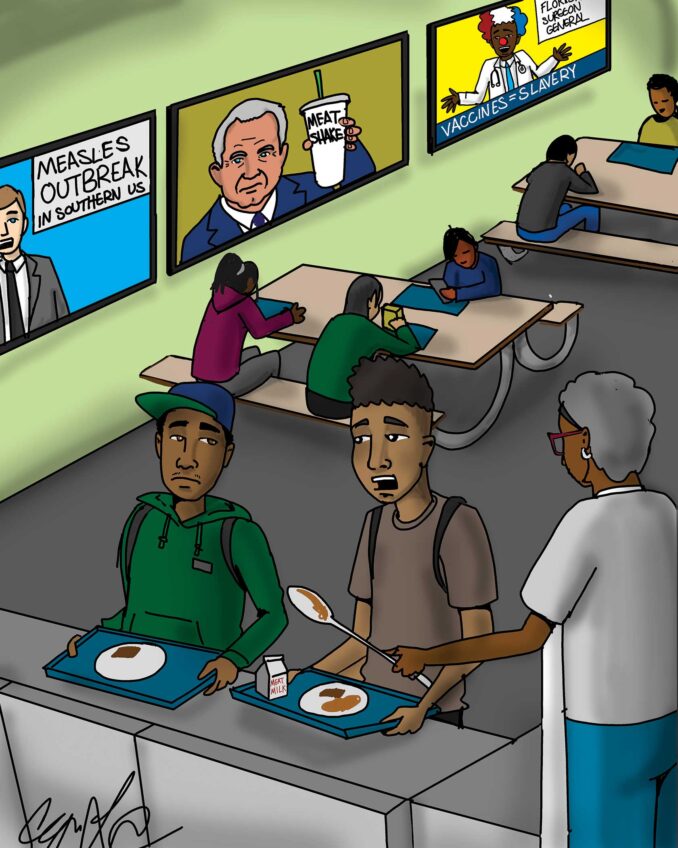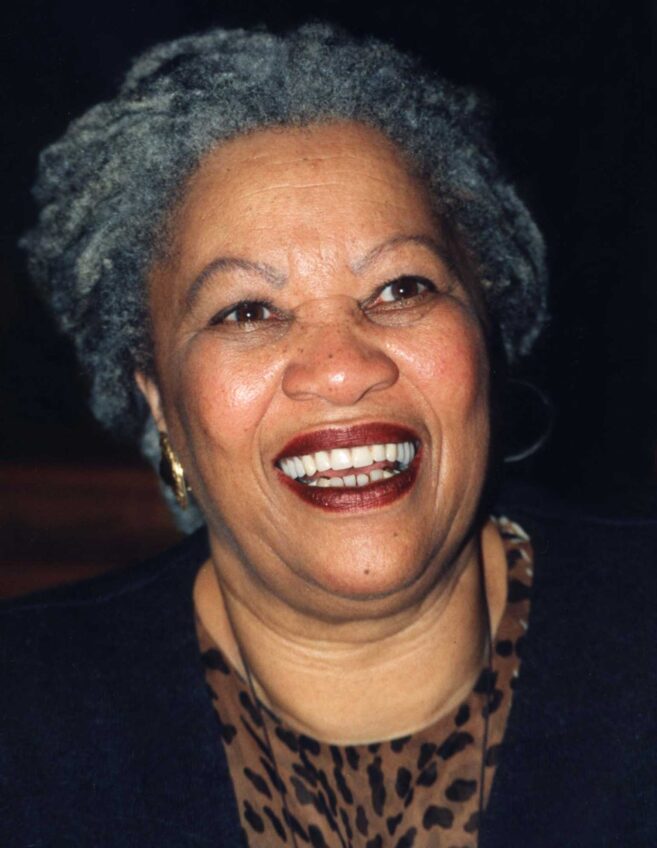The possibility of a state takeover of the Boston Public Schools (BPS) is currently the talk of the town. Some point to the state takeover of Lawrence as a successful example of what can be expected in Boston. Ten years ago, as a member of the Board of Elementary and Secondary Education, I voted for putting the Lawrence Public Schools in receivership.
I was wrong.
A decade of management by a state-appointed receiver has brought Lawrence families no closer to the schools they deserve. Lawrence ranks 16th from the bottom of all Massachusetts districts.
The Lawrence receivership marked the first time the state took over a district under the newly passed 2010 Achievement Gaps Act. Although primarily crafted to make the state eligible for federal Race to the Top financing, the statute allowed DESE to exercise far more authority in “underperforming” and “chronically underperforming” schools than ever before.
The logic here seems to be that assigning a label to a school community will transform it into a high-scoring and well-resourced institution. Moreover, that label is based on MCAS test scores. But as has been proven over and over, test scores reflect the economic status of a school’s student population. Using MCAS as an indicator of school quality makes districts with many high-needs students especially vulnerable to takeover.
How has the state scored in its takeovers and use of labeling to improve schools? Since 2010, the state has labeled 65 schools (out of more than 1,800) underperforming. Out of that entire list, only two have made it into the top 50%. Most hover around the bottom “List of Underperforming Schools.” For example, since being labeled chronically underperforming in 2014, the Dever Elementary School, a Boston Public School with a 91% low-income student population, has cycled through six principals. The requirement that teachers reapply for their jobs has resulted in a close to 100% turnover. The Dever saw a 30% enrollment drop, lost its dual-language program and the waitlist that went along with it, and is in the 8th percentile on test scores.
And what about other districts in receivership? Southbridge entered receivership in 2015 and ranks the lowest district in the state. Holyoke entered in 2016 and ranks the second lowest.
As a parent of two Boston Public Schools kids and a long-time public education activist, voting to put Lawrence in receivership was not an easy decision for me. But the level of dysfunction in Lawrence, including a former superintendent indicted for fraud, seemed to leave no other option.
Yet even as I voted for Lawrence’s takeover, I was not a supporter of DESE’s “label and punish” school accountability system that replaces local control with an external receiver and uses MCAS scores as the key indicator to define school quality. Many schools the Board labeled underperforming were languishing with no change in sight.
I was wrong in my vote, but right in my fears. State receivership has not effectively moved the needle on schools or districts labeled chronically underperforming. Not in Lawrence or anywhere else.
In fact, data shows receivership to be harmful in areas critical to high-performing schools, such as employing a stable, experienced and diverse teacher workforce. Receivership districts have about twice the teacher turnover rate as the rest of the state. Teachers working in receivership schools have 20% less experience than educators across the state. Students of color make up between 69–97% of the entire population in the receivership districts, yet teachers of color make up only 12–29% of the teacher workforce in those districts.
Evidence shows that takeovers harm communities as well. As Rutgers University political scientist Domingo Morel documents, takeovers remove stakeholders — largely communities of color — from decision-making. As a Boston Public Schools parent, I’ve had a front row seat to the harm an appointed school committee can bring. A system that increases the role of administrators and the state while decreasing that of educators and the community is no way to improve schools.
So why are we even discussing receivership for Boston? If the state has failed smaller districts, why does anyone think DESE should take over Boston, the largest school district in the state?
Where is the track record for improvement that would give Boston residents any faith that the state is somehow equipped to do in our city what they have failed to do anywhere else?
Harneen Chernow is a member of the BPS parent group Quest (Quality Education for Every Student) and served on the Board of Elementary and Secondary Education from 2004-2014.




